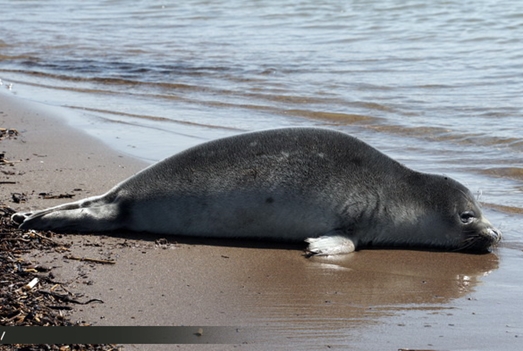According to a report by ISNA, as translated by IFP, one of these seals was seen swimming and playing in the waters off Nowshahr, a city in northern Iran. Observed on Saturday, June 4, the small, playful seal is said to have lifted its head out of the water to breathe a couple of times.
Experts believe that overhunting poses a grave threat to these animals. The safe places where seals used to give birth to their babies have been destroyed in Russia and Turkmenistan. Seal meat is used in fox-breeding farms in Russia, and some Turkmen people believe that the fat under the seal’s skin is good for treating arthritis, which of course has no scientific basis.
The Caspian Sea littoral states are criticized for exploiting the Caspian environment, and thus, are being called upon to enhance their relations in order to save the Caspian seal.
Before the breakup of the Soviet Union, the number of seals in the landlocked sea stood at approximately 1 million; their ranks shrank to 100,000 by 2008, when the most recent statistics were released.
Russia allows as many as 10,000 seals to be hunted on a yearly basis. Iran, however, has initiated efforts to inform hunters of the importance of these seals. In Ashuradeh Island, Iranian officials even pay reward money for every single seal they receive alive.
